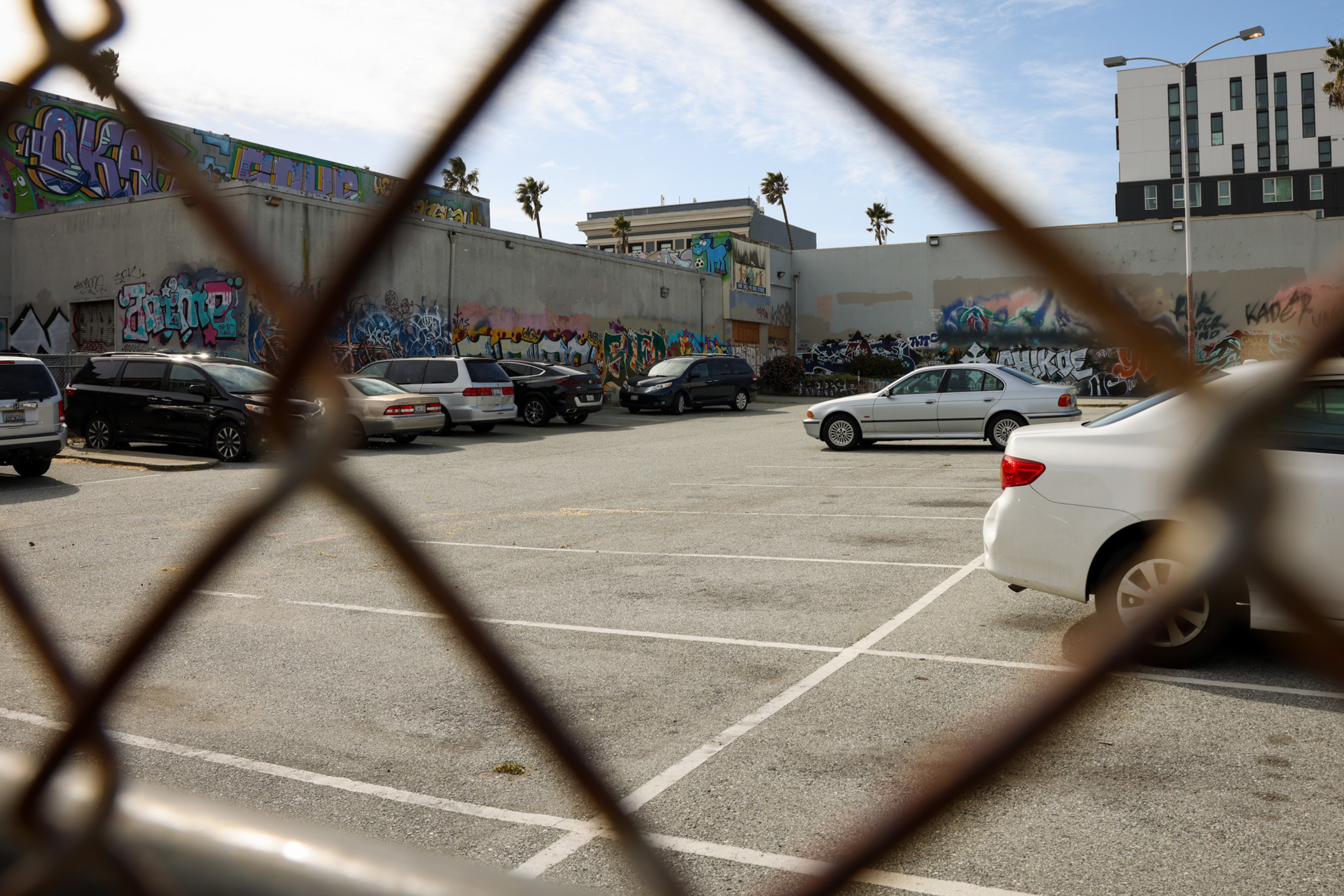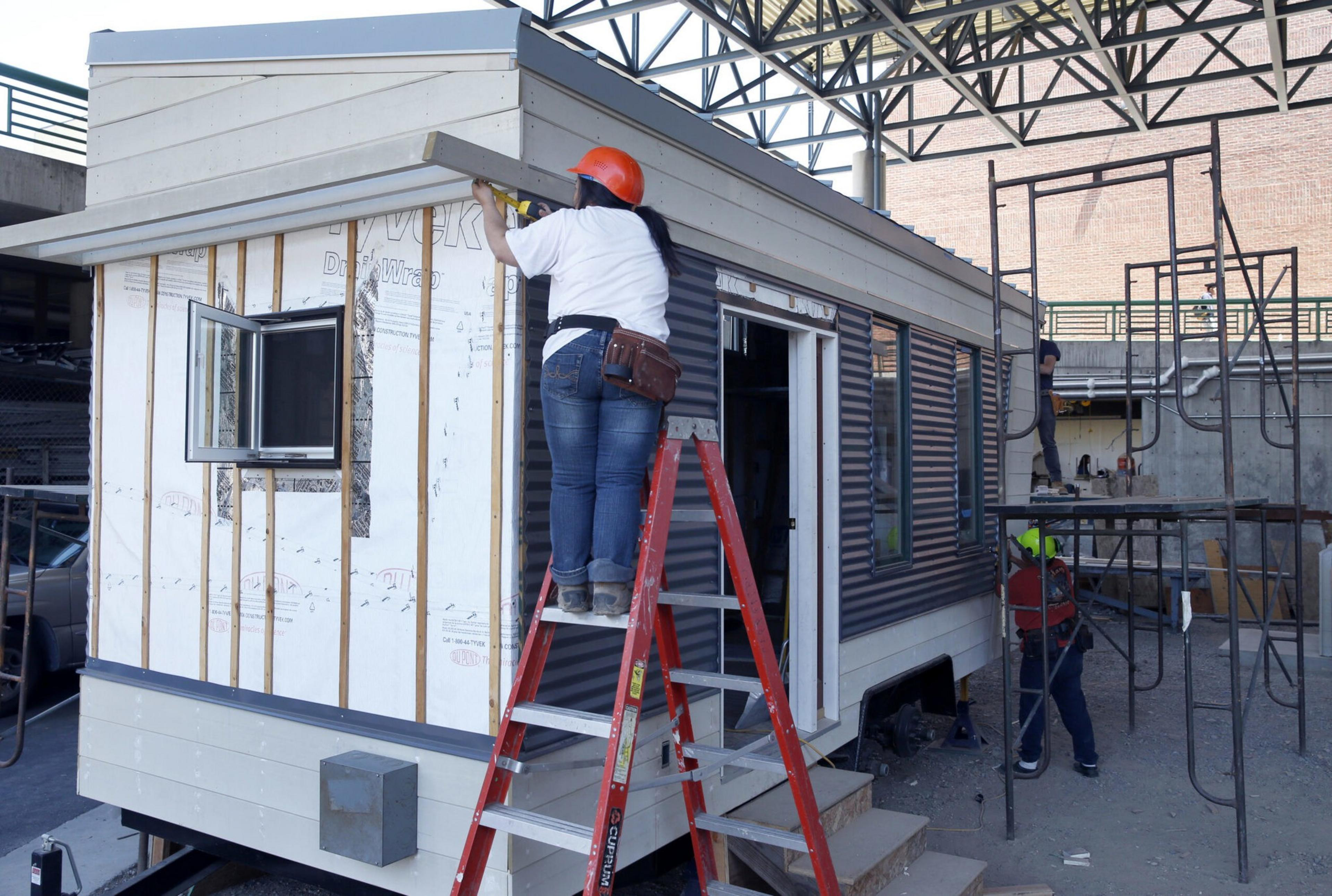Building tiny homes comes with a humongous price tag in San Francisco. And getting a straight answer from city officials on why they cost so much isn’t easy.
Last week, a proposal to put 70 to 80 tiny homes in a shuttered Walgreens parking lot in the Mission came under the microscope of the San Francisco Chronicle (opens in new tab), as the project has received fierce opposition from neighbors.
In many ways, that was to be expected: NIMBYs are a determined bunch, and residents of Capp Street are already dealing with issues around prostitution.
But it was the tab—the project is estimated to cost as much as $7.4 million, or nearly $100,000 per unit—that led many to wonder whether the city can be taken seriously in addressing two of its most pressing crises: homelessness and housing.

The Standard filed public records requests for itemized cost breakdowns of the tiny homes project—and the level of detail in the city’s responses ranged between napkin math to nonexistent.
The Department of Homelessness and Supportive Housing (HSH) provided a three-page PowerPoint presentation, and in between a compulsory cover sheet and a back page that said “Questions? Thank you” was something resembling context.
The estimate shows the difference between two proposed scenarios, the more expensive of which would require demolishing a building for $1 million to expand the parking lot area for an extra 10 tiny homes. Meanwhile, the brief bullet points include a note that says the calculations were based on a 70-unit tiny homes community at 33 Gough St.
Compared with the Gough site, the projected costs for the Mission project were 20% higher per unit because the Department of Public Works inflates expenses for labor, design, engineering and project maintenance, according to HSH.
Emily Cohen, a spokesperson for HSH, said the whopping $7.4 million price tag is due to a “very robust program model that includes 24/7 staffing, case management, shelter health, meals and security.”
She noted that the estimated costs are “a high-level estimate, and we anticipate the actual costs being lower once Public Works puts the work out to bid.”
However, the PowerPoint presentation bearing HSH Director Shireen McSpadden’s name on the cover sheet states the exact opposite: “We have recently received an estimate from Public Works that puts the capital costs even higher and includes several contingencies,” the document says.
Nailing down the different narratives between the city departments proved to be impossible.
The Department of Public Works (DPW), which would oversee the actual work of building the tiny homes site, refused to make its itemized cost breakdowns available, citing an exemption to the state’s public records.
Rachel Gordon, a DPW spokesperson, said that agency attorneys determined that releasing any details might provide a competitive disadvantage to companies that fail to read this story before submitting bids. (Note: Thank you for reading The Standard.)
DPW doesn’t usually get media requests for itemized cost breakdowns on projects, Gordon said, so even trying to locate a document on estimated costs was a unique exercise for the agency. She added that the Gough Street project had substantial donations to help offset costs, which is why those new homes only cost about $50,000 each—almost half the price of the Mission Street project.
Elizabeth Funk, the executive director of DignityMoves (opens in new tab), a nonprofit that helped oversee the Gough Street project and specializes in providing personal domiciles at lower costs, confirmed that donations kept the tab on that project substantially lower than what the city could do in-house.
Gensler donated roughly $640,000 in architectural design, while furnishings, legal assistance and the general contractor’s fee were mostly pro bono, according to an itemized budget (opens in new tab).
“Gensler is not going to work for the city for free, but they will work for a nonprofit,” Funk said.

The total project at Gough clocked in at just over $2.3 million, while a 35-unit tiny homes site in Santa Barbara (opens in new tab) cost $1.85 million thanks to donated appliances, furnishings and project management fees, according to DignityMoves budget documents.
“I think this model has a lot of potential to be replicated extensively,” Funk said. “Nonprofits can be a lot more nimble.”
If the math on all sides is accurate, it appears San Francisco has essentially boxed itself in with bureaucracy, and all that red tape is simply a bow on San Francisco’s inability to make headway on housing and homelessness.
A 25-unit project was built for $1.4 million in San Jose (opens in new tab), and Oakland (opens in new tab) created inexpensive pallet shelters for 71 people, but not all tiny home projects can be judged “apples to apples,” Funk said. The quality in construction, access to plumbing and electrical, and additional services can vary between tiny home projects. DignityMoves’ homes are designed to last 20 years.
Supervisor Hillary Ronen, who represents the Mission and did not respond to a request for comment for this story, lamented to the Chronicle that she supports the tiny homes project, but residential blowback and the high price tag have given her pause.
She expressed a sense of resignation that such a small project won’t make a dent in the city’s staggering homelessness crisis, even though one obvious solution to a hyperlocal crisis in the Mission would be to give priority to homeless residents currently living on the very streets surrounding the project.
Ronen added that she is tired of being the city’s “sacrificial lamb” in fighting for progress.
And so, the tyranny of San Francisco’s bureaucracy claims yet another victim.
